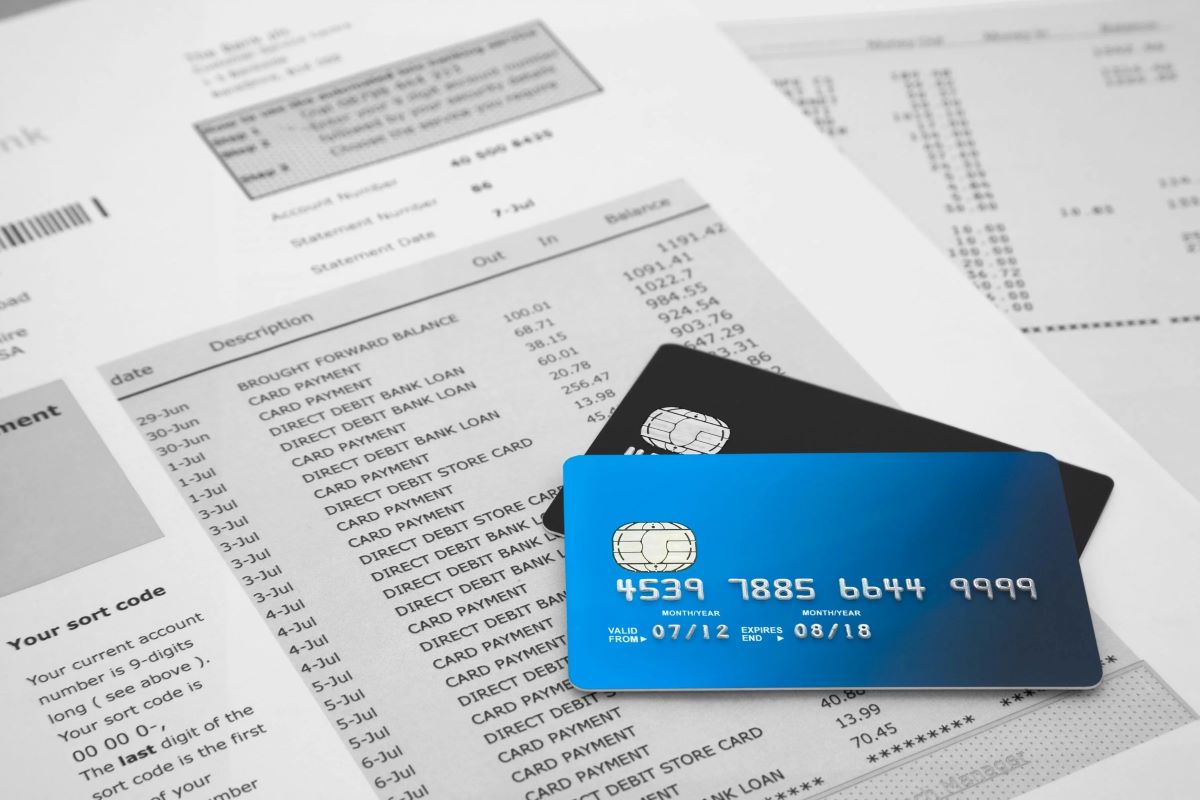Home>Finance>Fair Market Value (FMV): Definition And How To Calculate It


Finance
Fair Market Value (FMV): Definition And How To Calculate It
Published: November 22, 2023
Learn the definition and calculation method of Fair Market Value (FMV) in finance. Understand how to determine the FMV for accurate financial evaluations.
(Many of the links in this article redirect to a specific reviewed product. Your purchase of these products through affiliate links helps to generate commission for LiveWell, at no extra cost. Learn more)
Understanding Fair Market Value (FMV): Definition and How to Calculate It
When it comes to financial matters, understanding the concept of Fair Market Value (FMV) is essential. Whether you’re buying or selling assets, determining the FMV helps ensure a fair and equitable transaction. In this blog post, we’ll dive into the definition of FMV and explore how to calculate it accurately.
Key Takeaways:
- Fair Market Value (FMV) is the value at which an asset would sell between a willing buyer and a willing seller in an open and unrestricted market.
- To calculate FMV, consider factors such as comparable sales, market conditions, and the unique characteristics of the asset.
What is Fair Market Value?
Fair Market Value refers to the price at which an asset would sell between a willing buyer and a willing seller when both parties have reasonable knowledge of the relevant facts and neither is under compulsion to buy or sell. It is an unbiased and unemotional estimation of an asset’s value in an open and unrestricted market. The concept of FMV is widely used in various financial transactions, including mergers and acquisitions, taxation, real estate, and investments.
Calculating the FMV involves taking into account various factors specific to the asset being valued. While the process may seem complex, it essentially boils down to considering the current market conditions and the unique characteristics of the asset. Here’s a step-by-step guide on how to calculate FMV:
- Research Comparable Sales: Start by researching recent sales of similar assets in the market. These sales provide a benchmark for determining the FMV of your asset. Look for assets that are similar in size, location, condition, and other relevant characteristics.
- Analyze Market Conditions: Consider the overall state of the market. Are prices rising or falling? Are there any economic or industry-specific factors that might affect the value of the asset? Understanding the current market conditions helps you assess if the FMV may be higher or lower than recent comparable sales.
- Evaluate Unique Characteristics: Assess any unique features or conditions that affect the value of the asset. These may include its age, condition, location, historical performance, or any other factors that make it stand out from comparable assets. Adjust the calculated value based on these unique characteristics.
- Consult Professionals: In complex or high-value transactions, it’s always a good idea to seek expert advice. Working with appraisers, real estate agents, or financial advisors experienced in valuing assets can provide added accuracy and credibility to your FMV calculation.
By following these steps and considering all relevant factors, you can arrive at a reasonable and objective Fair Market Value for your asset.
The Importance of Knowing Fair Market Value
Understanding the FMV of an asset is crucial for several reasons:
- Real Estate: When buying or selling property, having an accurate FMV helps ensure a fair asking price or offer. It also aids in securing appropriate financing and determining property taxes.
- Mergers and Acquisitions: FMV plays a vital role in valuing companies during mergers, acquisitions, or sales. Having a clear picture of the FMV helps negotiate fair prices and ensures the transaction is based on accurate and current market conditions.
- Investments: Valuing assets within an investment portfolio requires an understanding of FMV. Accurately determining the FMV helps assess the performance and potential returns of the investments.
- Taxation: FMV is used extensively in taxation, especially in determining capital gains or losses. Incorrectly estimating the FMV can result in inaccurate tax reporting and potential penalties.
By understanding the Fair Market Value of assets, individuals and businesses can make informed financial decisions and mitigate potential risks.
In Conclusion
Fair Market Value is a crucial concept in finance that helps determine the objective worth of assets. Whether you’re buying or selling, knowing the FMV ensures a fair and equitable transaction. By considering factors such as comparable sales, market conditions, and unique characteristics, you can accurately calculate the FMV. So, the next time you find yourself involved in a financial transaction, don’t forget to assess the Fair Market Value—it could make all the difference!














